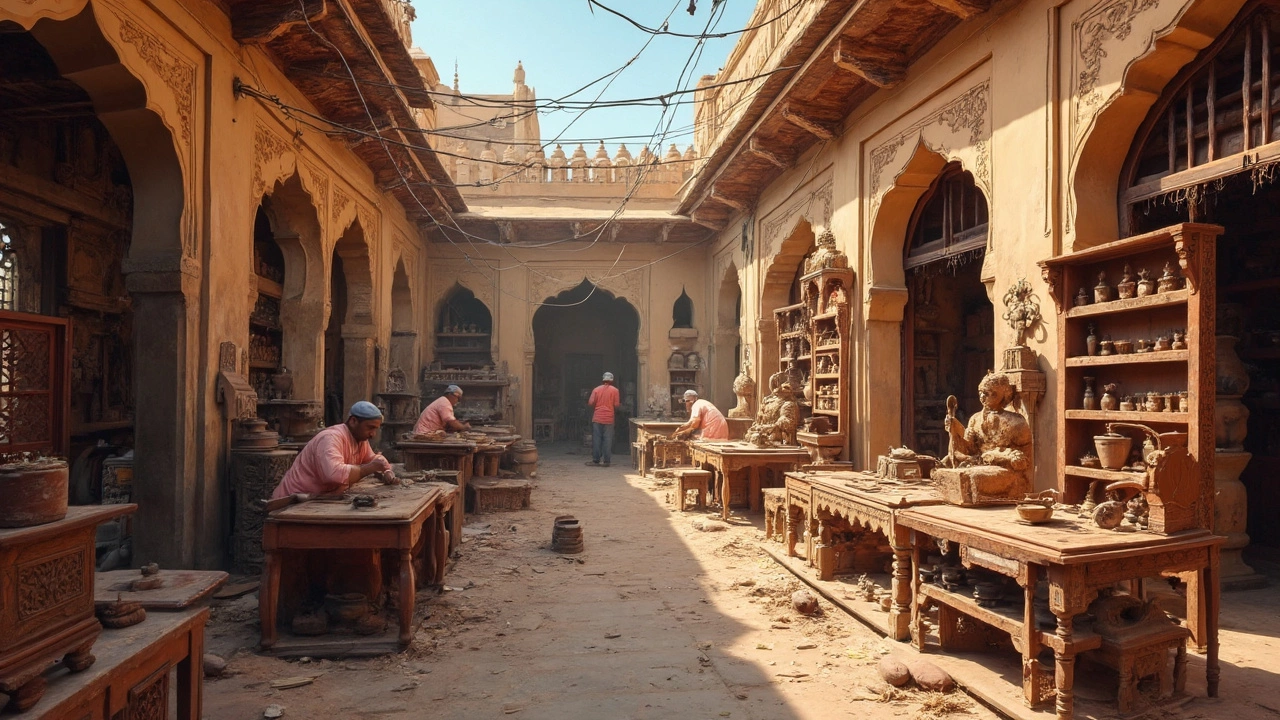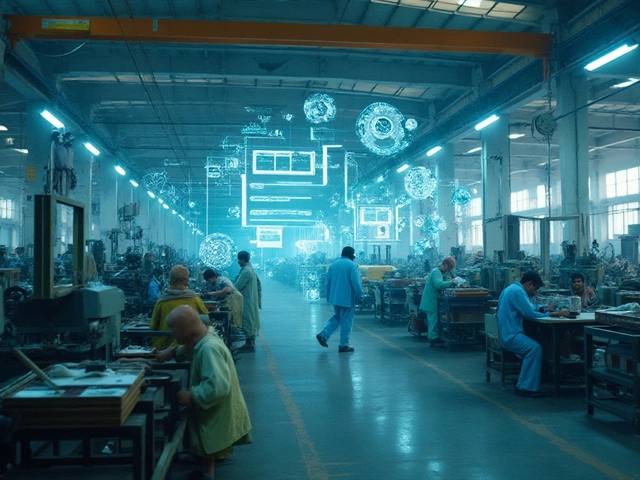Manufacturing Hubs in India: Where Tissue Production Thrives
If you’re looking for reliable partners for tissue or home‑goods manufacturing, India’s industrial map is worth a close look. The country packs several regions that combine cheap raw material, good logistics, and supportive policies. Below we break down the most active hubs, what makes them tick, and how you can pick the right one for your business.
Why These Areas Lead the Pack
First, let’s see what a hub needs to be attractive. Most companies care about three things: raw material access, transportation links, and skilled labor. In India, states that score high on all three become natural magnets for tissue factories.
- Raw material access: Pulp, paper, and recycled fibers are sourced heavily from forest belts in the east and southern parts of the country. Being close to these sources cuts costs.
- Transport: Proximity to ports (Mumbai, Kandla, Chennai) or major rail corridors means finished rolls can leave the plant quickly.
- Labor: Regions with a strong textile tradition already have workers who know how to run high‑speed paper lines.
Top Manufacturing Hubs for Tissue Products
Gujarat (Ahmedabad, Vadodara) – Gujarat offers a mix of industrial parks, reliable power, and easy sea access via Kandla and Mundra ports. The state’s pro‑business policies keep taxes low, and many local suppliers provide chemicals for bleaching and finishing.
Maharashtra (Mumbai, Pune) – The Mumbai‑Pune corridor is a logistics powerhouse. Ports on the Arabian Sea make export shipments simple, while Pune’s skilled engineering workforce supports automation upgrades for tissue lines.
Tamil Nadu (Chennai, Tirupur) – South India’s textile hub brings a deep talent pool. Chennai’s port and excellent highway network let you ship finished goods across Asia without a hitch.
West Bengal (Kolkata, Howrah) – The eastern side of the country has abundant hardwood forests that feed pulp mills. Kolkata’s port and the Kolkata‑Delhi rail line give you a direct line to northern markets.
Delhi‑NCR (Gurgaon, Noida) – While not a traditional paper hub, the capital region offers ultra‑fast logistics, many trade fairs, and easy access to both northern and central markets.
Each hub has its own flavor, but the common thread is strong infrastructure and government incentives aimed at boosting the paper‑tissue sector.
How to Choose the Right Hub for Your Project
Start by listing the priorities for your product. If low‑cost raw material is critical, look east (West Bengal, Jharkhand). If you need fast export routes, Gujarat or Tamil Nadu are better bets. For high‑tech automation, Maharashtra’s engineering ecosystem can be a game‑changer.
Next, visit the industrial parks or special economic zones (SEZs) in the shortlisted regions. Talk to local officials about tax breaks, power subsidies, and waste‑water treatment support. A quick phone call can reveal hidden costs that affect your bottom line.
Finally, check the supply chain depth. A hub that only offers basic paper rolls won’t help if you need specialty embossing or scented tissue. Look for nearby downstream services like printing, lamination, and packaging.
By matching your product needs with a hub’s strengths, you cut costs, speed up time‑to‑market, and build a supply chain that can grow with you.
India’s manufacturing landscape is expanding fast, and the tissue segment is no exception. Whether you’re a startup or an established brand, the right hub can give you the edge you need to stay competitive both locally and abroad.
Best Places for Furniture Manufacturing in India
India has carved a niche in the global furniture manufacturing industry. With its rich cultural heritage and craftsmanship, distinct regions like Jodhpur, Saharanpur, and Kerala shine in furniture production. Each area offers unique advantages in terms of raw materials, skilled labor, and infrastructure. Understanding these differences can help businesses choose the ideal location for their operations, balancing cost, quality, and logistical factors.
View More




